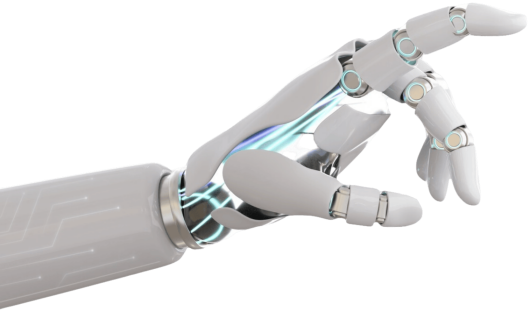
As it is known, the Ottawa agreement, signed by a lot of countries, including Romania, states that the use of the antipersonnel mines is forbidden. The Ottawa agreement stipulates that the explosion of landmines should not occur when a living creature (human or animal) steps on it. However, there are a lot of military objectives and compulsory passageways that can be best defended by using arms such as antipersonnel mines, but controlled by an operator that decides if an enemy is close to the mine (in which situation he will explode the mine), or a friend or animal (situation in which he will not explode the mine). The main goal of the paper is to present a control system, already built, that passes the decision of explosion from the mine mechanism to the human operator. In this way, the Ottawa agreement will be observed and, at the same time, we lose nothing of the defence capacity of the objectives. The hardware of the system comprises four main parts: a command and control unit assisted by a human operator, a completely automatic central unit, a DC power supply and a maximum of 16 peripheral units. The central unit is located 1-5 kilometres away from the command and control unit (transmission of information between command and control unit and central unit is wireless). The peripheral units arc located 200m away from the central unit (connected through wires to this). Every peripheral unit can control 16 munitions located 20m away from it and connected through wires to it. The power supply is necessary for all the parts of the system excepting the cpmmand and control unit. Practically this is a control system with finite discrete states and actuators situated far from human operator. The software of the system comprises a graphical interface of the command and control unit with human operator, a communication interface between command and control unit and central unit, a communication interface between central unit and peripheral units, and a command interface between peripheral units and munitions.
Command and control unit, Central unit, Peripheral unit, Munitions, Communication interface, Command interface.